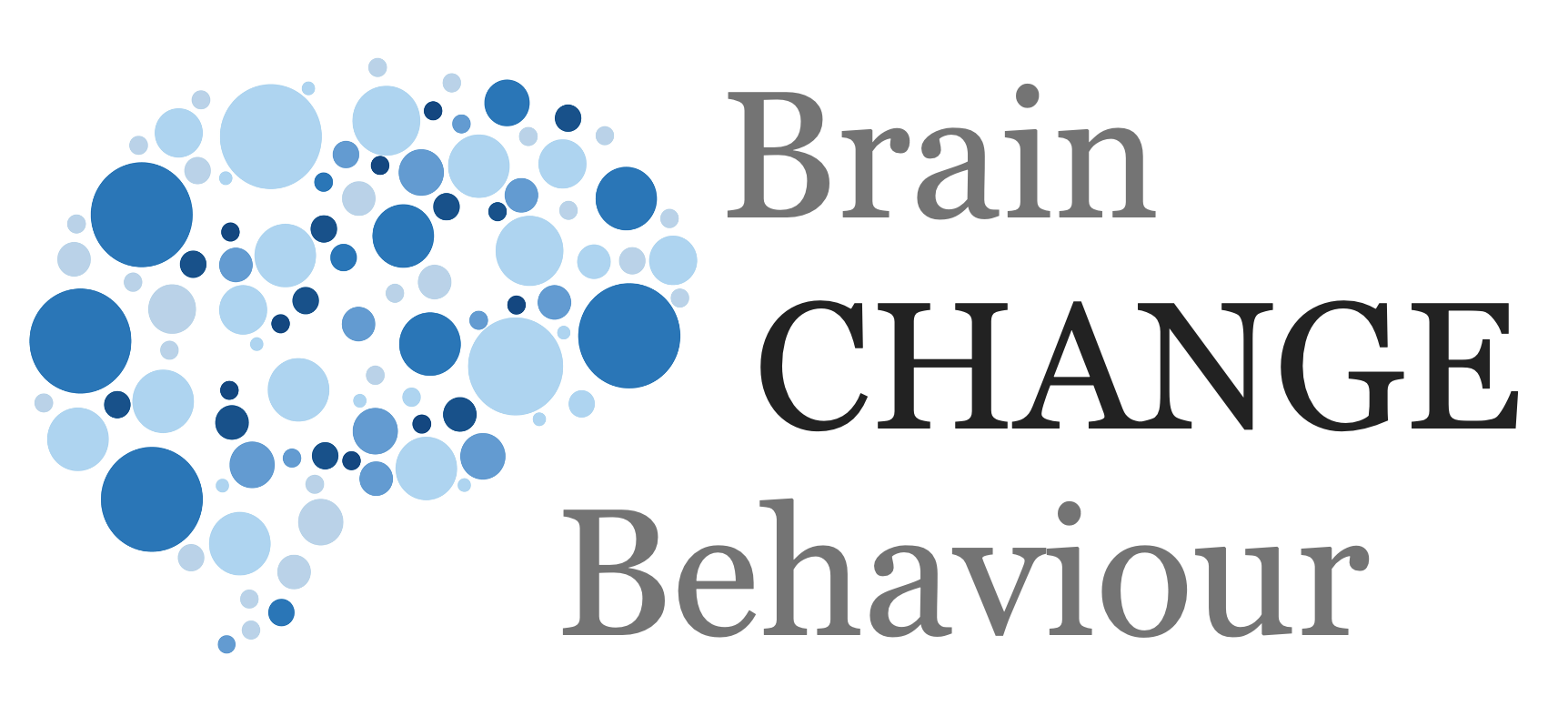Article
Grouping

From: Michie, S., van Stralen, M. M., & West, R. (2011). The behaviour change wheel: A new method for characterising and designing behaviour change interventions. Implementation Science, 6(1).
The behaviour change wheel is the result of a systematic review of change models, frameworks, and theories, followed by the subsequent realisation that they were not aligned and describing different things.
This therefore gives a nice summary of behaviour interventions and policy categories to guide change in multiple contexts particularly when trying to influence large-scale change across population groups.
This is not designed as a linear model as each section on the wheel can interact with multiple other sections but rather aims to show the different mechansims in one succinct diagram.

Michie et al.’s COM-B behavioural model
COM-B is a simple descriptive model of behaviour whch outlines three contributing factors of Capability, Opportunity, and Motivation. Each can independentally activate behaviour but often influence each other so that having capability and the opportunity increases motivation and thus likelihood of a behaviour. Each of these has two subsets, for example, Capability has physical capability and psychological capability.
From this there are nine intervention functions and these will be related to the behaviour. This serves as a taxonomy of interventions.
-
- Environmental restructuring
- Restrictions
- Education
- Persuasion
- Incentivisation
- Coercion
- Training
- Enablement
- Modelling
On top of these there are seven policy categories
-
- Guidelines
- Environmental / Social Planning
- Communication / Marketing
- Legislation
- Service Provision
- Regulation
- Fiscal Measures
This therefore gives, firstly, a comprehensive tool to anaylse behavioural change processes, and secondly, a taxonomy of change and how to initiate this particulalry in society and governmental contexts.
Simple Takeaways
-
- Capabilities + Opportunity + Motivation = Behaviour
- There are nine types of intervention
- There are seven policy categories
© leading brains 2022
References
The behaviour change wheel: A new method for characterising and designing behaviour change interventions. Implementation Science, 6(1).
More Articles
The Equilibrium Effect
Things in life tend towards certain balances. This is particularly true in large systems and this is why change can happen in small contexts and be very effective or successful but in large systems different rules apply.
The supply side of scaling
There are a number of problems with the supply side – being able to supply the resources and competencies to drive change.
Unintended consequences and negative spillovers
We all know that any change – well, obviously, changes something. But this also means there will be various knock-on effects
Representativeness of the Situation
“You had to be there” is an expression that says you had to be in a particular situation, in that particular vibe, to fully understand a situation.
Representativeness of the Population
When we get a good idea, we may know it is a good thing. And because we know it is a good thing we may then falsely assume – without really thinking this through – that everybody thinks this is a good thing.
False Positives – The inference problem
A false positive has become better-known to the general public during the pandemic and with COVID-19 testing particularly with home based quick tests.






